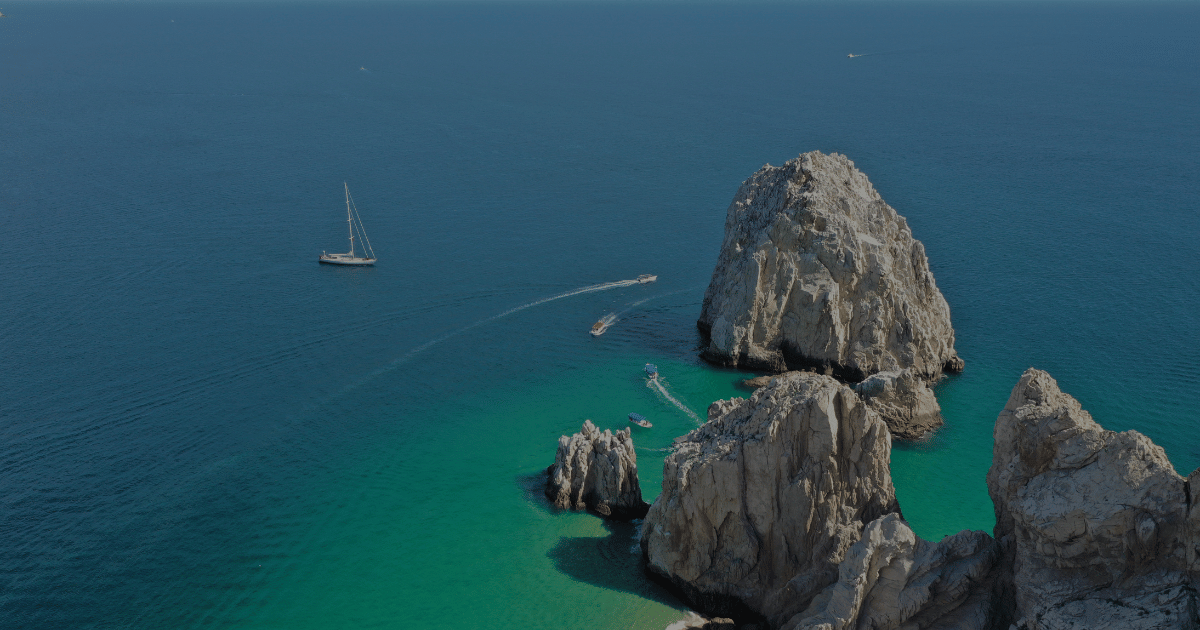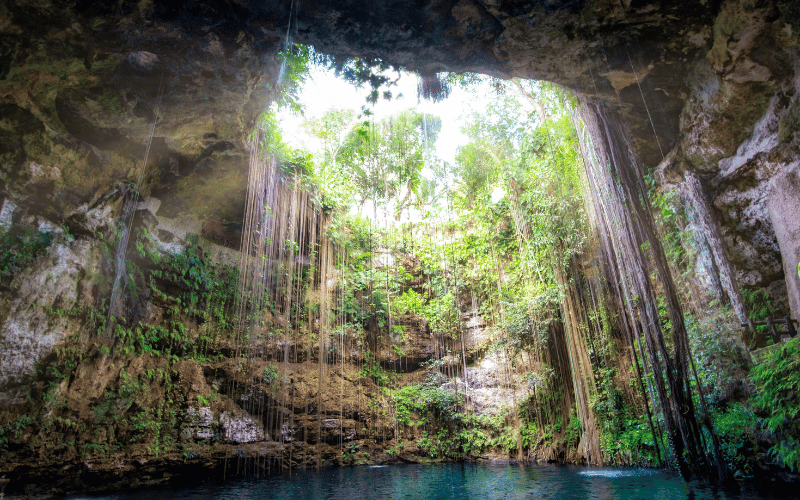
MEXICO
Join us as we explore Mexico’s beaches. This blog takes you to the heart of Mexico’s unique beach destinations, highlighting the marine life, tropical surroundings, and iconic cenotes – natural swimming holes that offer a refreshing dip unlike any other. We share the best spots for sunbathing, snorkeling, and exploring Mexico’s rich cultural heritage, making every beach visit a journey through time.
Jump To City GuidesQuick Facts About Mexico
| CATEGORY | FACTS |
|---|---|
| Location | North America, bordered by the United States to the north and Central America to the south. |
| Borders | United States (north), Guatemala, and Belize (southeast). |
| Climate | Varies from tropical in the south to desert in the north, with temperate climates in the central plateau. |
| Population | Approximately 130 million (2023). |
| Official Language | Spanish. |
| Currency | Mexican Peso (MXN). |
| Capital | Mexico City. |
| Major Industries | Manufacturing, oil and gas, tourism, agriculture, and automotive. |
| Religion | Predominantly Roman Catholic, with a growing number of Protestant denominations. |
| Time zone | Ranges from GMT-5 (Eastern Standard Time) to GMT-8 (Pacific Standard Time). |
| National Symbols | Golden Eagle, Mexican Flag (Green, White, Red). |
Geography and Environment
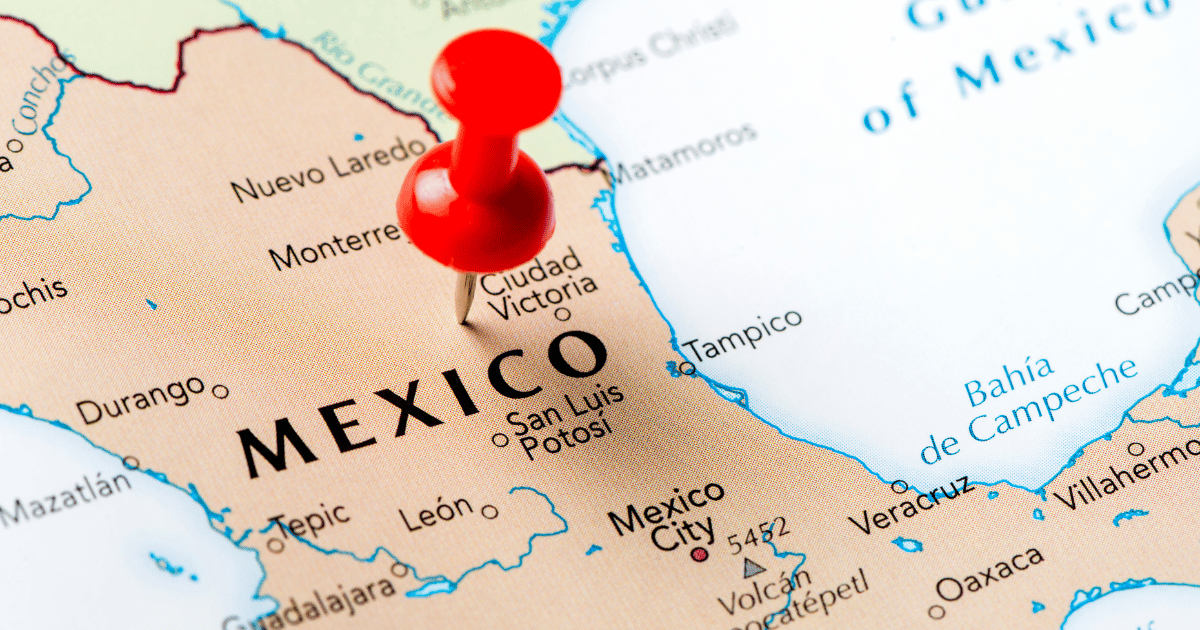
Major Physical Features
Mexico has a diverse landscape with impressive mountain ranges, like the Sierra Madre Occidental, Sierra Madre Oriental, and Sierra Madre del Sur. These ranges surround the large Mexican Plateau in the country’s interior. Mexico also has several active volcanoes, such as Popocatépetl and Colima. In the north, you’ll find expansive deserts, including the Sonoran and Chihuahuan Deserts. Mexico’s coastline stretches over 9,000 kilometers, featuring everything from sandy Caribbean beaches to the rugged cliffs of Baja California.
Seasonal Variations
Mexico’s climate varies widely due to its size and terrain. In the south, the climate is tropical, with a rainy season from May to October. Central areas, like Mexico City, enjoy a temperate climate, with mild winters and warm summers. In the north, especially in the desert regions, the climate is arid, with hot summers and cold winters. Baja California also experiences a dry, desert-like climate.
Natural Resources
Mexico is rich in natural resources. The country has a wealth of minerals, such as silver, copper, gold, and zinc, making it one of the top silver producers globally. Oil is another critical resource, with reserves mainly found in the Gulf of Mexico. The state-owned company PEMEX handles the extraction and production of oil and gas. Mexico is also one of the world’s most biodiverse countries, with a wide range of ecosystems that include forests, jungles, and coral reefs.
Environmental Challenges
Mexico faces several environmental challenges. Deforestation is a significant problem, driven by agriculture, logging, and urban growth, leading to habitat loss and threats to biodiversity. Air pollution is a major issue in cities like Mexico City, while water pollution from industrial and agricultural activities impacts rivers and lakes. The country is also vulnerable to climate change, facing risks like rising sea levels, more frequent hurricanes, and shifting rainfall patterns that affect agriculture.
History and Culture
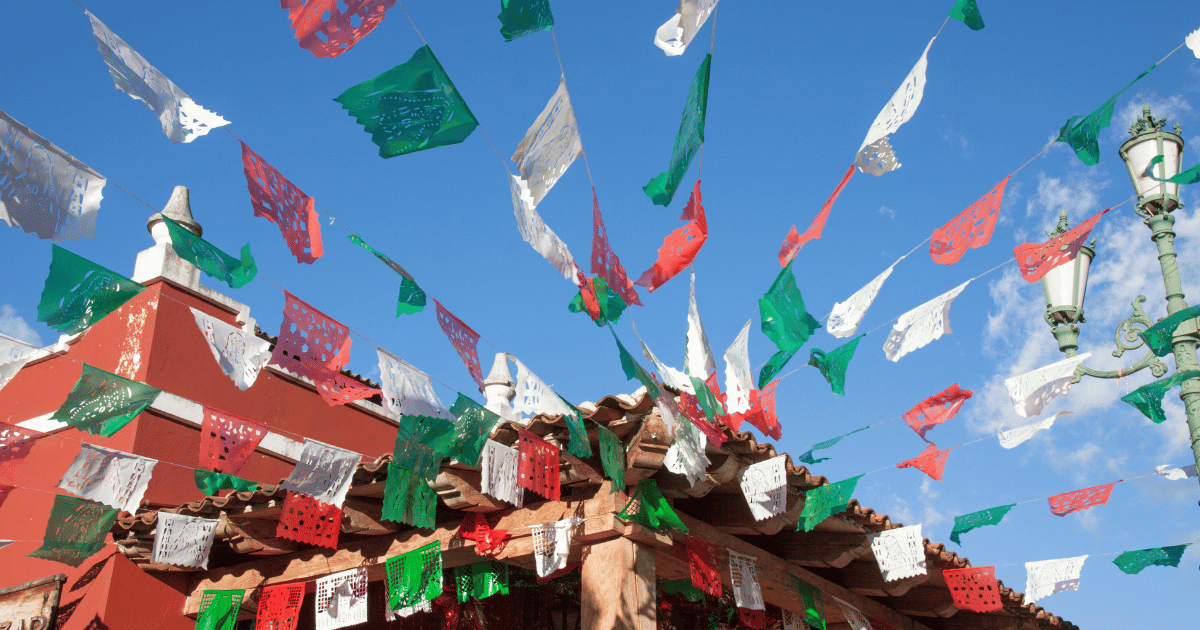
Historical Background
Mexico’s history is rich and complex. It’s home to some of the world’s earliest civilizations, like the Olmec, Maya, and Aztec. These ancient cultures were pioneers in fields like architecture, mathematics, and astronomy.
In the 16th century, Spain conquered the Aztec Empire, marking the start of nearly 300 years of colonial rule. This period deeply influenced Mexico’s culture, shaping its religion, language, and society.
Mexico’s struggle for independence began in 1810 with Miguel Hidalgo’s famous call to arms. After a decade of conflict, Mexico gained its independence from Spain in 1821. The 19th century was turbulent, with internal conflicts and foreign interventions shaping the nation’s path.
Key Historical Events
The Mexican Revolution (1910-1920) was a turning point. It ended dictatorship and paved the way for a constitutional republic. The revolution brought about social reforms and changed the land ownership structure.
The Cristero War (1926-1929) was another significant event. It was a conflict between the government and Catholic rebels, mainly over the government’s strict anti-clerical laws.
In 1994, Mexico signed NAFTA with the United States and Canada. This agreement boosted trade and foreign investment but also led to economic challenges, including increased disparity.
In recent decades, Mexico has transitioned from one-party rule to a more democratic system. The country now focuses on tackling issues like corruption, drug-related violence, and economic inequality. These political changes are shaping the future of the nation, making it more resilient and dynamic.
What’s Unique About Mexico
The Indigenous Heritage of Mexico
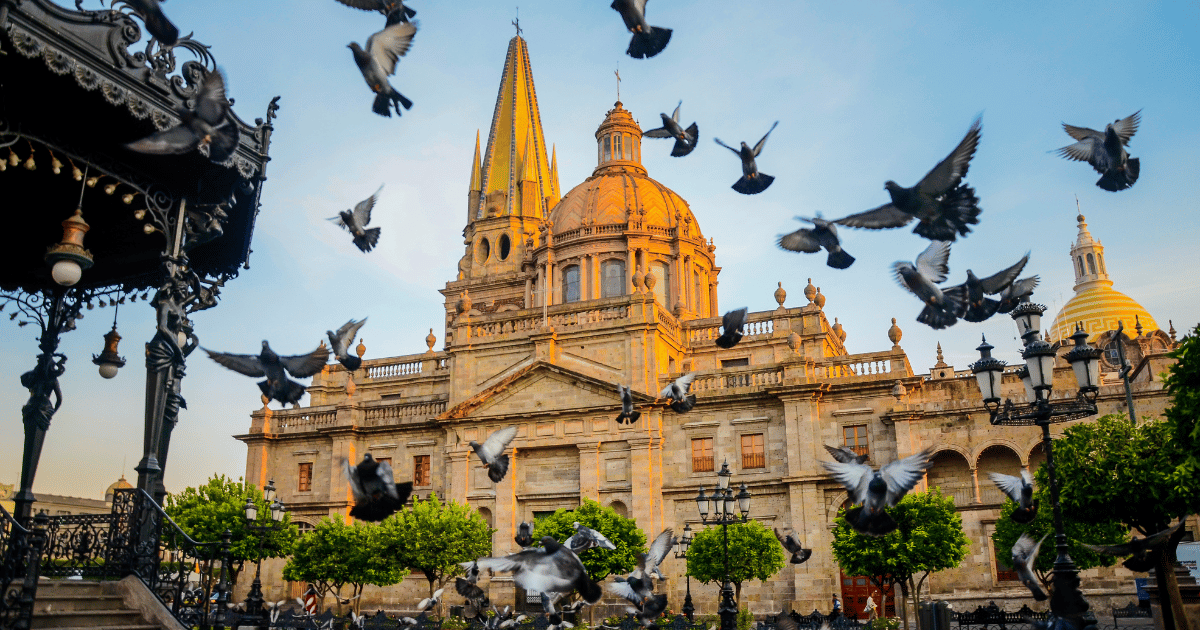
Many Indigenous Cultures
Mexico is home to many indigenous groups, each with its own unique traditions and cultural practices. Some of the major groups include the Nahua, Maya, Zapotec, and Mixtec. Despite the impact of colonization, these communities have kept their languages, customs, and traditions alive. Today, these cultures continue to influence daily life in Mexico, showcasing the resilience and diversity of the country’s indigenous heritage.
Influence of Indigenous Architecture
The influence of Mexico’s indigenous architecture is profound, with ancient structures like the pyramids at Teotihuacan and Chichen Itza standing as symbols of pre-Columbian engineering and culture. These architectural marvels continue to inspire modern Mexican design. You’ll see elements of indigenous architecture in contemporary buildings, blending ancient techniques with new ideas, which adds depth and character to Mexico’s architectural landscape.
Preservation of Indigenous Languages
Efforts to preserve indigenous languages in Mexico are ongoing. Various government and NGO programs focus on education and cultural preservation, aiming to revitalize these languages among younger generations. Initiatives include bilingual education in schools, cultural workshops, and community-driven projects that celebrate and protect the linguistic diversity of Mexico. These efforts help ensure that these languages remain a vital part of Mexico’s cultural identity.
Mexico’s Role in Global Biodiversity
Biodiversity Hotspots
Mexico is one of the most biodiverse countries in the world. Its varied landscape includes rainforests, deserts, and coastal regions, each hosting a wide range of plant and animal life. These ecosystems are vital not just to Mexico but to global biodiversity. The country’s unique geography allows for an incredible variety of species, making it a key area for biodiversity on the planet.
Endemic Species
The country is home to many species found nowhere else on Earth. The axolotl, a fascinating amphibian, is just one example. It also has unique species of cacti and orchids that contribute to its rich natural heritage. Protecting these species is crucial, as they are an important part of Mexico’s environment and cultural identity. Conservation efforts focus on preserving these unique species for future generations.
Environmental Conservation Efforts
Mexico takes conservation seriously. The country has established numerous national parks and protected areas to safeguard its biodiversity. Mexico also plays an active role in global environmental agreements, working with other countries to protect the planet’s natural resources. These efforts reflect the Mexican heartland’s commitment to maintaining its incredible biodiversity and contributing to global conservation initiatives.
The Cultural Significance of Mexican Cuisine

UNESCO Recognition of Mexican Cuisine
Mexican cuisine is more than just food; it’s part of the world’s heritage. UNESCO recognized Mexican cuisine as an Intangible Cultural Heritage of Humanity in 2010. This honor highlights the deep roots and traditions that make Mexican cooking unique. The blend of indigenous ingredients like corn, beans, and chilies with European influences tells a story of the country’s history and cultural identity.
Regional Culinary Diversity
The Mexican republic’s culinary landscape is as diverse as its geography. Each region has its own signature dishes. In Oaxaca, you’ll find rich, complex moles made with chocolate and spices. Yucatán is famous for cochinita pibil, a slow-roasted pork dish marinated in citrus. Puebla is known for chiles en nogada, a festive dish combining sweet, savory, and spicy flavors. Indigenous, Spanish, and African influences have all shaped these regional specialties, making Mexican cuisine a true melting pot.
Street Food and Culinary Innovation
Street food is the heartbeat of Mexican culinary culture. Tacos, tamales, and elotes are not just snacks; they’re a way of life. You’ll find them on almost every corner, reflecting the country’s rich culinary traditions. In recent years, Mexican chefs have gained global attention, bringing new ideas to the table while respecting their roots. They’ve managed to keep the essence of traditional dishes while introducing innovative twists, making Mexican cuisine a dynamic force on the global food scene.
Artistic Legacy
The Murals of The Aztec Nation
Mexico’s muralism movement is a key part of the country’s artistic heritage. Artists like Diego Rivera, David Alfaro Siqueiros, and José Clemente Orozco used large public murals to tell the stories of Mexican history and culture. These murals often addressed social and political issues, giving a voice to the struggles and hopes of the Mexican people. The movement played a huge role in shaping Mexican identity and continues to influence public art around the world.
Frida Kahlo and Mexican Surrealism
Frida Kahlo stands out as one of Mexico’s most iconic artists. Her work, often linked to surrealism, dives deep into personal and cultural themes. Kahlo’s art is rich with symbolism, reflecting her pain, passion, and strong connection to Mexican culture. Today, she is celebrated globally not just as an artist, but also as a symbol of feminism and resilience. Her influence extends far beyond art, making her a key figure in Mexican culture.
Traditional Mexican Folk Art
Mexican folk art is vibrant and diverse, deeply rooted in the country’s cultural traditions. Pieces like alebrijes (colorful, fantastical creatures), Talavera pottery, and papel picado (decorative paper cutouts) showcase the creativity and craftsmanship of Mexican artisans. These traditions have been passed down through generations, preserving cultural stories and practices. Today, Mexican folk art remains popular both within the country and abroad, symbolizing the rich heritage of Mexico.
The Evolution of Mexican Festivals and Traditions
Day of the Dead (Día de los Muertos)
Día de los Muertos is one of the most famous traditions. Celebrated on November 1st and 2nd, it honors the memory of loved ones who have passed away. Families create altars, known as ofrendas, adorned with photos, candles, and favorite foods of the deceased. The celebration combines indigenous beliefs with Catholic traditions, creating a unique and colorful festival. Recognized by UNESCO as part of the Intangible Cultural Heritage of Humanity, Día de los Muertos is a deeply significant event in Mexican culture.
Charreada and the Tradition of Mexican Rodeo
Charreada, Mexico’s national sport, is more than just a rodeo. It’s a tradition that dates back to the 16th century, reflecting the skills and values of rural Mexican life. Charros (Mexican cowboys) showcase their horsemanship in a series of events, each demonstrating different aspects of ranch work. Charreada is a celebration of Mexican heritage, emphasizing bravery, honor, and a deep connection to the land.
Mexican Independence Day Celebrations
Mexican Independence Day celebrated on September 16th, is a day of national pride. It marks the beginning of Mexico’s fight for independence from Spain in 1810. Across the country, the day is celebrated with parades, music, fireworks, and speeches. Each region has its own unique way of celebrating, but the core message is the same—honoring the heroes who fought for Mexico’s freedom. This day unites the country in a shared sense of history and pride.
Mexico Guides
Select the place you are interested in, and you will be taken to the appropriate reviews. With these guides, we are confident that you have the optimal source of information to find your next dream destination.
Mexico Articles

19 Must-Try Activities in Cabo San Lucas for the Ultimate Adventure

19 Best All-Inclusive Resorts In Cabo Mexico – Full Guide For An Unforgettable Gateway
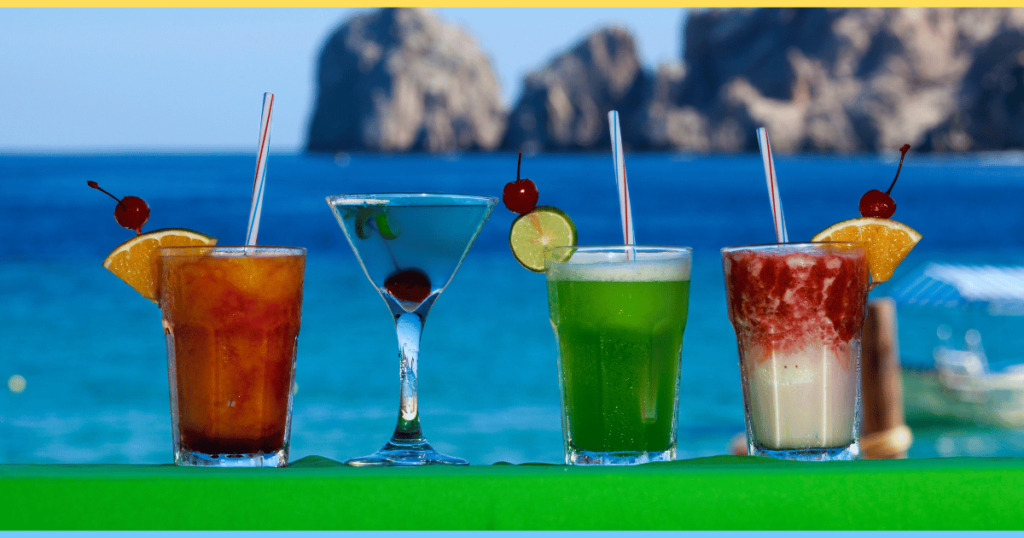
15 Best Hotels In Cabo San Lucas For An Unforgettable Budget-Friendly Trip
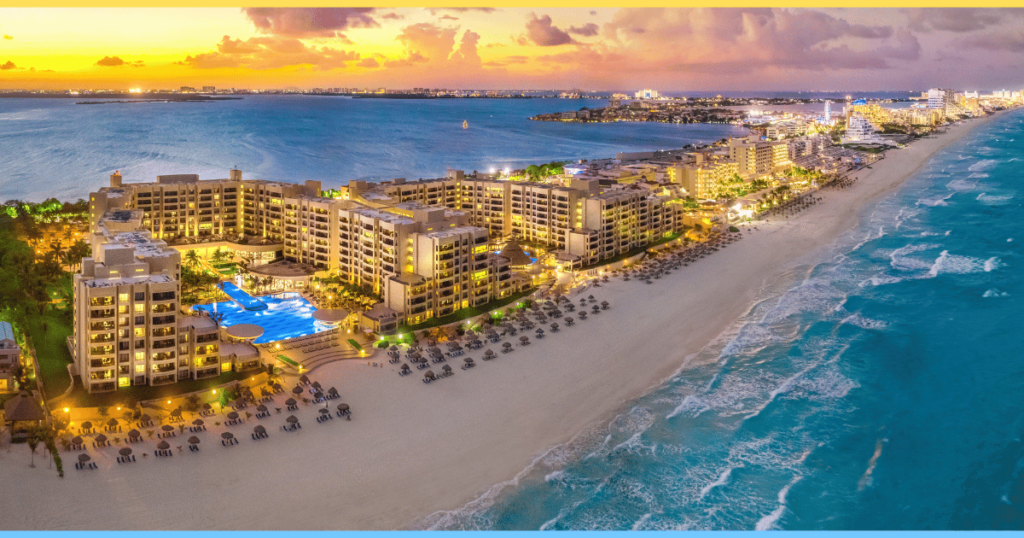
17 Best Luxury Resorts In Mexico That Redefine Elegance And Comfort
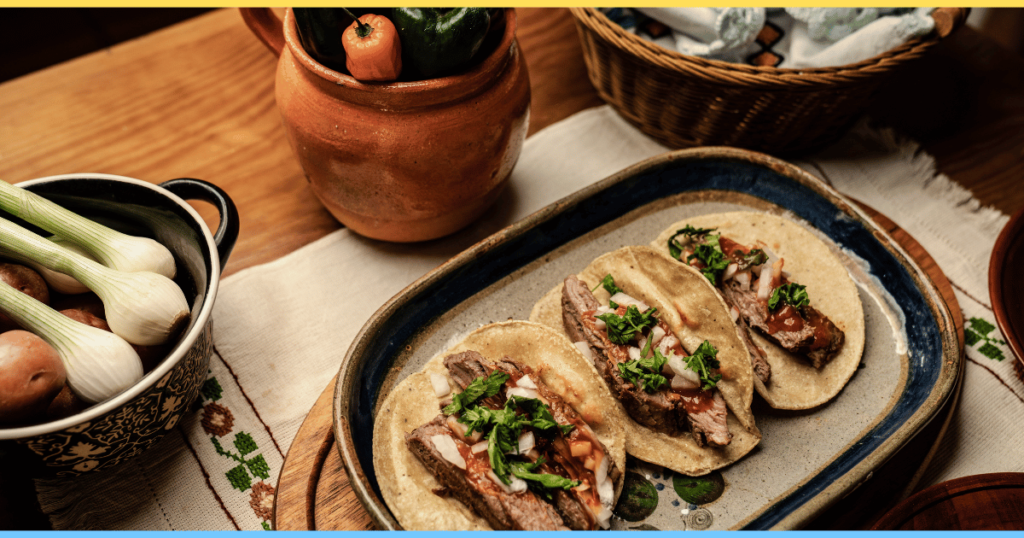
23 Best Restaurants In Mexico City – The Ultimate Culinary Experience
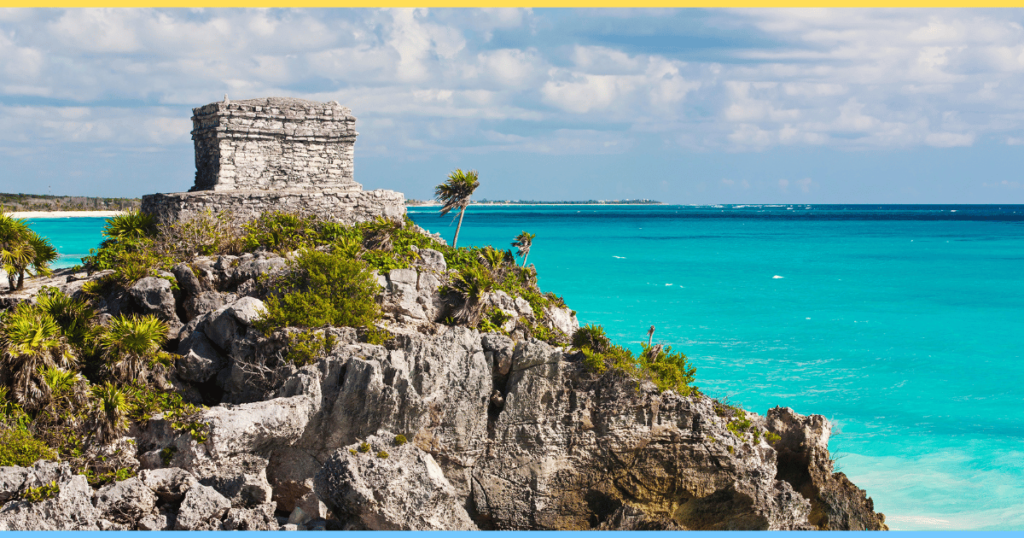
27 Activities In Mexico City For An Unforgettable Vacation
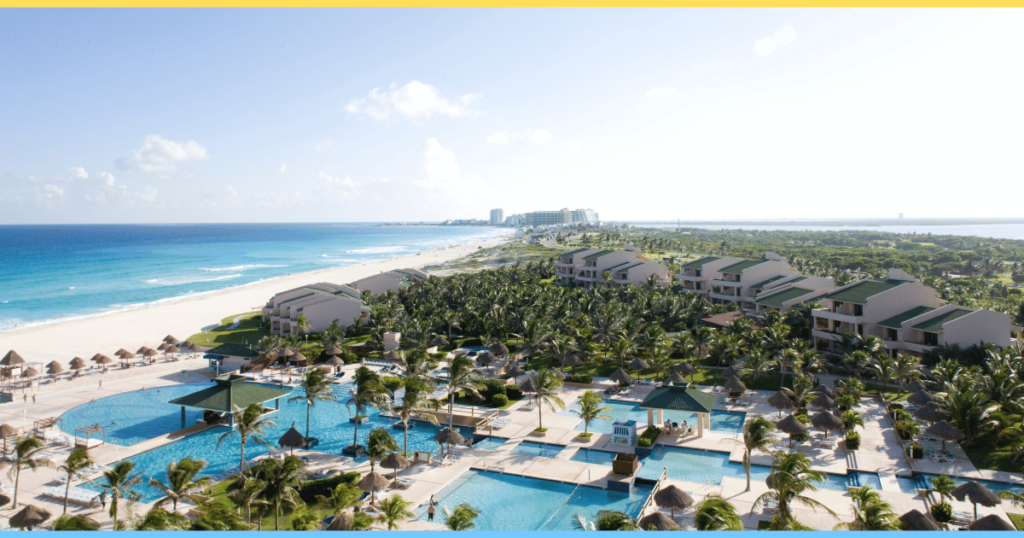
15 Best Hotels In Mexico City



